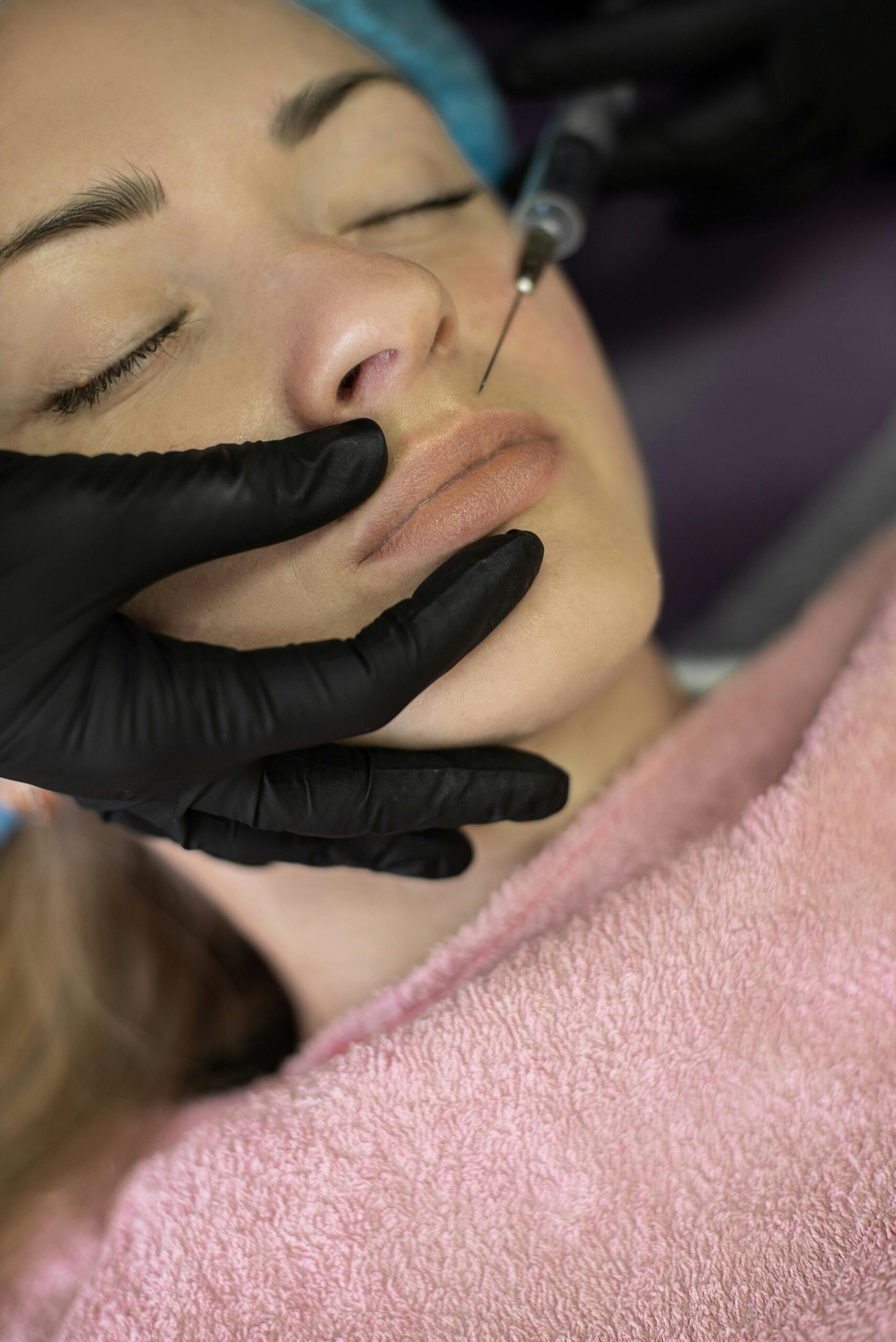Table of Contents:
- The Basics of Botox Injections
- Factors Influencing the Frequency of Botox Treatments
- Recommended Frequency of Botox Injections
- Potential Risks and Side Effects
- Conclusion
- Frequently Asked Questions
Are you considering Botox injections but unsure about the ideal frequency for treatments? Understanding how often to get Botox is crucial for maintaining a youthful appearance while avoiding over-treatment. Whether you’re a seasoned Botox enthusiast or a newbie exploring the world of cosmetic procedures, finding the right balance in scheduling your appointments is key.
Knowing the recommended timeline for Botox touch-ups can help you achieve natural-looking results without going overboard. By staying informed about the duration of Botox effects and when to schedule follow-up sessions, you can ensure that your skin looks refreshed and rejuvenated consistently.
Let’s delve into the factors that influence the frequency of Botox treatments and how you can plan your sessions effectively for long-lasting benefits.
The Basics of Botox Injections
Understanding the fundamentals of Botox injections is crucial for maintaining a youthful appearance. By knowing the basics, you can make informed decisions about the frequency of treatments.
It’s essential to comprehend how Botox works and its recommended timeline for touch-ups to achieve natural-looking results. Staying aware of these factors will help ensure that your skin looks refreshed and rejuvenated consistently, providing long-lasting benefits.
Factors Influencing the Frequency of Botox Treatments
When considering how often to get Botox injections, several factors come into play. Understanding these key aspects can help you determine the optimal frequency for your treatments to maintain a youthful appearance without over-treatment.
Age
Your age plays a crucial role in how often you may need Botox injections. Younger individuals typically have more active facial muscles, which can lead to faster metabolization of the neurotoxin. As a result, they may require more frequent treatments compared to older individuals with less muscle activity.
Muscle Activity
The level of muscle activity in the treated area can impact the longevity of your Botox results. Areas with higher muscle activity, such as around the eyes or forehead, may require more frequent treatments to maintain the desired effect. On the other hand, areas with less muscle movement, like the cheeks, may have longer intervals between injections.
Recommended Frequency of Botox Injections
Understanding the recommended frequency of Botox injections is crucial for maintaining a youthful appearance while avoiding over-treatment. Factors like age and muscle activity play a significant role in determining how often you should get Botox injections.
Here’s a breakdown to help you schedule your treatments effectively:
- Age: Younger individuals with more active facial muscles may require Botox injections more frequently to maintain their desired results. Aging leads to a decrease in collagen levels, affecting the skin’s elasticity, which may necessitate more frequent touch-ups.
- Muscle Activity: Areas with higher muscle activity, such as around the eyes or forehead, may require more frequent Botox touch-ups to sustain the effects due to increased muscle movement. Conversely, areas with less muscle movement, like the cheeks or jawline, may have longer intervals between injections.
By considering these factors and consulting with your healthcare provider, you can determine the optimal frequency for your Botox injections. Effective scheduling of follow-up sessions ensures that your skin remains refreshed, rejuvenated, and free from over-treatment for long-lasting benefits.
Potential Risks and Side Effects
Understanding the potential risks and side effects of Botox treatments is essential to make informed decisions about your beauty regimen. While Botox is generally safe when administered by trained professionals, there are some risks associated with it.
Here are some risks to be aware of:
- Bruising: It’s common to experience bruising at the injection site, which usually resolves within a few days. To minimize bruising, avoid blood-thinning medications before treatment.
- Swelling: Mild swelling may occur after Botox injections, but it typically subsides quickly. Applying an ice pack to the treated area can help reduce swelling.
- Headache: Some individuals may experience a mild headache post-treatment, which can be managed with over-the-counter pain relievers.
- Drooping eyelids or eyebrows: In rare cases, Botox injections can cause temporary drooping of the eyelids or eyebrows. This usually resolves on its own as the effects of Botox wear off.
- Flu-like symptoms: Occasionally, individuals may experience flu-like symptoms such as fatigue, muscle weakness, or nausea after receiving Botox injections. These symptoms are usually mild and short-lived.
- Allergic reactions: While rare, some individuals may have an allergic reaction to Botox, resulting in symptoms like itching, rash, or difficulty breathing. If you experience any signs of an allergic reaction, seek medical attention immediately.
- Unintended muscle weakness: Botox can sometimes spread to nearby muscles, causing temporary weakness or paralysis. It’s crucial to choose a skilled provider to minimize this risk.
By being aware of these potential risks and side effects, you can approach Botox treatments with confidence, knowing what to expect and how to address any concerns that may arise. Remember to discuss any worries or questions with your healthcare provider before undergoing Botox injections.
Conclusion
Determining the right frequency for your Botox treatments is key to achieving your desired youthful look effectively. Your age and muscle activity play crucial roles in deciding how often you should get injections. Consulting with healthcare professionals will help you establish the ideal injection schedule tailored to your needs.
Be aware of potential risks like bruising, swelling, headaches, and other side effects associated with Botox. Understanding these risks empowers you to make informed decisions and approach treatments confidently for safe and successful outcomes.
Frequently Asked Questions
How do age and muscle activity affect the frequency of Botox treatments?
Younger individuals with more active muscles may need treatments every 3-4 months, while those with less muscle movement can stretch treatments to 4-6 months.
Why is consulting with healthcare providers important for Botox treatment frequency?
Healthcare providers can determine the optimal frequency based on individual needs and help prevent potential risks and side effects.
What are some common risks and side effects of Botox treatments?
Risks include bruising, swelling, headaches, drooping eyelids, flu-like symptoms, allergic reactions, and unintended muscle weakness.



